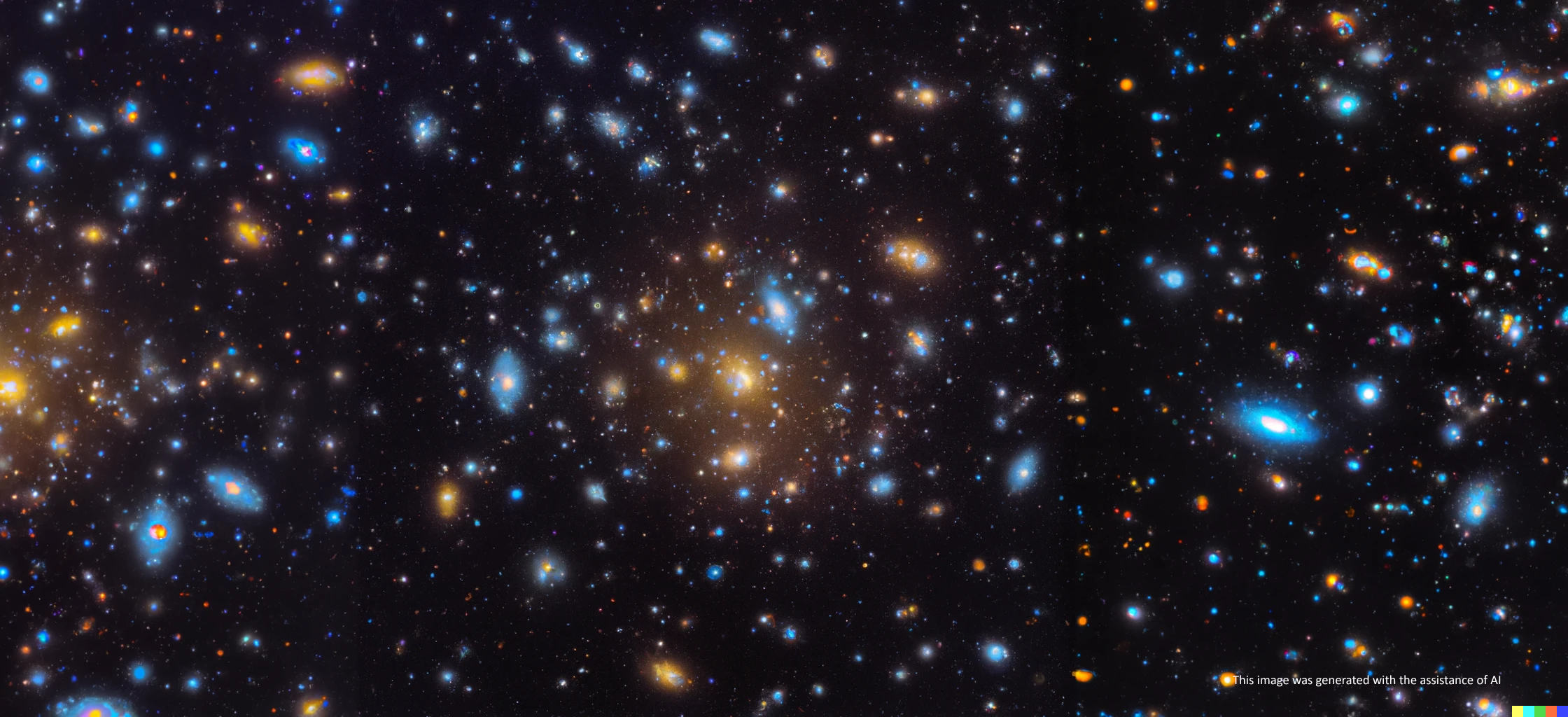Wishing Upon R-Star
Submitted by Atlas Indicators Investment Advisors on November 30th, 2023
A few days ago, the president of the Federal Reserve Bank of Minneapolis, Neel Kashkari, was interviewed by Bloomberg radio, and I happened to be listening. In the interview, he referenced a dark matter metaphor used by John Williams, the president of the Federal Reserve Bank of New York. Atlas searched for the speech or interview in which Mr. Williams used the metaphor but couldn’t locate it (the irony of not finding a dark matter reference is almost too on the nose), so we borrowed the idea to write the Atlas version.
Dark matter in astrophysics is a hypothetical form of matter estimated to account for roughly 85 percent of all matter in the universe and about a quarter of its total energy density. Its presence is implied in a variety of astrophysical observations, including gravitational effects that cannot be explained by accepted theories of gravity unless more matter is present than can be seen. For instance, the rotational speeds of galaxies and the gravitational lensing of light around galaxy clusters can be understood if there is more mass that we do not detect than the mass we observe.
Federal Reserve's R* (R-star) is the estimated rate of interest that neither stimulates nor restrains an economy operating at full potential. It's the neutral interest rate under conditions of full employment and stable inflation. Like dark matter, R* is not directly observable; it must be inferred from the observable phenomena in the economy such as inflation, employment, and output growth.
This mysterious rate can be thought of as the "gravitational pull" in the economy that is inferred by the orbit of economic indicators around the goal of a stable center—full employment and price stability. Just as astrophysicists infer the existence of dark matter by relationships of stars, economists infer the value of R* by the behavior of inflation, employment, and output.
In theory, when actual interest rates are below R*, it's like an area of the galaxy where the gravitational effects are weaker than average, allowing economic activity to speed up as borrowing is relatively cheap. This is thought to lead to economic overheating and therefore inflation. However, when rates are above R*, it's like a region with dense dark matter exerting a stronger gravitational pull. This might be like an environment where economic activity slows down, potentially leading to underutilization of resources and eventually recession as interest rates are burdensome.
Just as dark matter cannot be seen but simply implied, R* is not directly measurable and is instead estimated through models that consider various components of the economy. The precision of these models is affected by changing fiscal policy, global economic conditions, and other factors that might alter the economic “field” in unpredictable ways. R* provides a conceptual anchor for monetary policy, but its unobservable nature requires constant reevaluation of the economic environment.

